 The synthesis order from Dr. Jella’s lab was taped to my lab door when I arrived, even though I was early. Science marches on, without regard for working hours. After flicking on the lights, I dropped my lunch bag on my desk in the rear of the lab, under the sealed windows that let in light, but no air. I turned my PC on. I wanted a cup of coffee. I wanted to sit quietly for a few minutes, playing Solitaire. But, I had unfinished orders from the day before, as well as these new orders. I’d be lucky to synthesize all of ’em by days end. A long day ahead of me, probably ’till 7:00 pm.
The synthesis order from Dr. Jella’s lab was taped to my lab door when I arrived, even though I was early. Science marches on, without regard for working hours. After flicking on the lights, I dropped my lunch bag on my desk in the rear of the lab, under the sealed windows that let in light, but no air. I turned my PC on. I wanted a cup of coffee. I wanted to sit quietly for a few minutes, playing Solitaire. But, I had unfinished orders from the day before, as well as these new orders. I’d be lucky to synthesize all of ’em by days end. A long day ahead of me, probably ’till 7:00 pm.
I typed the first sequence into the machine: ACGCCCTATTACGACGAAGTTAC. I could synthesize four pieces of DNA, or RNA simultaneously. It would take almost four hours for the DNA Synthesizer to complete four oligonucleotides, then I could start the next four. Hopefully, they would finish in time to let me start another four before I went home. Those would run overnight.
I finished entering all the code letters for all of the syntheses, checked the level of the liquid reagents at every bottle position, and started the Pre Run. Solenoids clicked on and off as current was applied to each one, moving a magnetic rod back and forth to allow the flow of gas or liquid for each step of the syntheses. Click, click-click, click, click-click, click, click, click, and occasionally the whoosh of gas as regulators adjusted the pressure of ultra high purity nitrogen that pushed all the liquids around. After all the lines were purged of air and old liquids, and fresh liquid flowed from each reagent through all the lines, I started my first batch of the day. I was happy that I’d had the machine upgraded from the original two-position one. I’d never have been able to get this much done so quickly. 
I went for coffee, brought it back and sat idly in front of my PC. I took a few sips while I stared out the window at a clear blue New Mexico sky, then got to work. I entered the sequences I was making into my database, so I could keep track of them for billing purposes. My lab was not directly funded by any grants or stipends. I had to bill each researcher for the work I did, and then they paid me out of their grants. It wasn’t a hard job. The machines did most of my work, synthesizing DNA, or occasionally some RNA. The RNA was tricky, as it required careful handling and sterile conditions. There are enzymes that destroy DNA and RNA, but of the two, the RNA enzyme, RNAase, was the worst. If contaminated with RNAase, the RNA I made would be useless, experiments ruined. Time and money would be wasted. I would lose credibility. I was very careful in my work.
 Besides the work synthesizing, I had other jobs: two of which were either synthesizing proteins or sequencing them. In sequencing, the machine took each protein apart, one amino acid at a time and pumped it past a detector to identify it by its characteristic wavelength. I didn’t have any orders for protein synthesis today, fortunately, because the process consumed a lot of time, and required constant monitoring. The final step in protein synthesis involved the use of a dangerous, highly corrosive acid in gaseous form: HF, or hydrogen fluoride. HF is used to etch glass. Due to its insidious nature, it can splash undetected on your skin, and slowly eat its way to the bone. I hated working with HF. People using it had lost arms, eyes, lungs and some had died. I had to prepare a super cold bath of dry ice and methanol to cool the gas into liquid form for use. When I opened the valve on the HF bottle, everything had to be ready: I wore a special apron made of acid resistant material over my lab coat, and wore similar gloves. I had a special clear shield over my entire face, and the apparatus for using the HF gas was shielded behind a glass-sashed fume hood. In theory, the gas flowed into my collection vial, liquefied, and cleaved my synthesized protein off of the glass beads it was attached to as part of the synthesis protocol. Then it flowed through a trap of strong base to neutralize the acid.
Besides the work synthesizing, I had other jobs: two of which were either synthesizing proteins or sequencing them. In sequencing, the machine took each protein apart, one amino acid at a time and pumped it past a detector to identify it by its characteristic wavelength. I didn’t have any orders for protein synthesis today, fortunately, because the process consumed a lot of time, and required constant monitoring. The final step in protein synthesis involved the use of a dangerous, highly corrosive acid in gaseous form: HF, or hydrogen fluoride. HF is used to etch glass. Due to its insidious nature, it can splash undetected on your skin, and slowly eat its way to the bone. I hated working with HF. People using it had lost arms, eyes, lungs and some had died. I had to prepare a super cold bath of dry ice and methanol to cool the gas into liquid form for use. When I opened the valve on the HF bottle, everything had to be ready: I wore a special apron made of acid resistant material over my lab coat, and wore similar gloves. I had a special clear shield over my entire face, and the apparatus for using the HF gas was shielded behind a glass-sashed fume hood. In theory, the gas flowed into my collection vial, liquefied, and cleaved my synthesized protein off of the glass beads it was attached to as part of the synthesis protocol. Then it flowed through a trap of strong base to neutralize the acid. 
The first time I had tried the procedure, my boss at the time had worked with me. Dr. Latif was from an Arabic family, but had grown up in Trinidad, been educated in England, and had worked for the Mayo Clinic. He was an interesting guy, full of stories about his parents and Trinidad. Oddly enough, we were the same age, and liked the same kind of music, rock ‘n’ roll and Motown. I needed music playing to get me through the day. In today’s world, an iPod would have sufficed, but in those times, the music came from my radio/tape player and coworkers needed to like the same music for that to work. Dr. Latif and I were suited up in our protective gear, and we switched on the gas. All looked well at first. The gas was cooling into liquid form, and flowing through the simple apparatus. Suddenly the plastic container of strong base began to implode. It made no sense. We had followed all the instructions perfectly, and the pathway of gas was clear. For some reason, it was back flushing, collapsing the trap. We couldn’t just shut the gas off, because we feared the trap would either backflush into our protein mixture, or worse, rupture, spreading gas and caustic base all over the place. Without losing our cool, we increased the pressure of a secondary gas, simple nitrogen that also flowed through to help keep the HF moving. We opened the exhaust stopcock all the way. Success. The plastic trap re-inflated.
After the experiment was over, we both let out of sighs of relief. The danger had been very real. We laughed too. We were the only ones who knew the danger. If the HF gas was released, and even if we’d gotten away safely, that floor of the building would have been in danger. Likely the entire building would have to be evacuated and sealed off. We’d have needed a HazMat team, police and firemen. It would have been a mess and created havoc. We worked out our own procedure after that, and never had any further episodes.
Today, my first four oligonucleotides were finished synthesizing, and I took them off the machine; they would require a minimum of five to eight hours heating to be ready for purification next morning. I was readying the machine for the next set of orders when Dr. Jella rushed in. He looked anxious. He wanted to know if his DNA was ready. I almost laughed. Even if I had synthesized his orders first, it would still require heating and purification. I told him that I could put his order ahead of the others I was about to start, and explained the time constraints. He was so anxious looking that I told him that if it was for a critical experiment, and he needed it right away, I could stay late, even work all night to have it ready for him by morning. He thought about that for a bit, but shrugged his shoulders, saying, “No, that’s alright. I can wait until tomorrow. It’s not, uh, not for anything real important.” Turns out it was, but he didn’t want anyone to know what he was working on.
Later, I found out that reporters had been cold-calling various researchers, pumping them for information for a story. Dr. Jella was working on the newly hot disease: hantavirus. The disease had flu-like symptoms, and people in New Mexico had died within days of showing symptoms of what everyone thought was a cold or flu. A test for hantavirus was needed as soon as possible. Researchers were working across the country to develop such a test. Dr. Jella had the idea of creating a kit, using synthetic fragments of single-stranded hantavirus DNA. If he had told me what it was for, I’d have gladly worked overnight. As it was, research is a highly competitive business. Researchers across the country, especially at the Center for Disease Control in Atlanta, GA, where also racing to develop a test. Whoever developed an effective test first would not only get recognition, but would be able to grab new research money to continue their work. Dr. Jella didn’t want word to get out of the specifics of what he doing. Someone else could take that information and receive the credit, not to mention future grant money to research other diseases. Basically, his job and life’s work was on the line. 
I arrived for work an hour early next day, and purified Dr. Jella’s oligos first. Needless to say, he was at my door soon after. “Are they ready yet?” he asked, somewhat breathlessly, like he had run up the stairs. I told him they were synthesized, and purified, but I would need another two hours, at least, to dry them down. A lot of water is used in the purification protocol, and I used a freeze-drying apparatus to evaporate all of the liquid. That made it easy to reconstitute the DNA to the desired concentration for experiments. He looked very disappointed, but I promised him I’d bring the DNA to his lab as soon as it was ready.
Later, I found out that he was using the DNA I had synthesized for the hantavirus kit. It worked, and his kit is now used to detect hantavirus. I got a mention in the paper he wrote describing the experiment.* That was unusual. Most of the work I did went unacknowledged. Sometimes the lab itself was mentioned. Most of the time, I went about my days synthesizing, sequencing, analyzing, purifying, and running the lab itself, buying materials, and billing the researchers. They paid me. It was a good living.
.
.
*(Rapid and specific detection of Sin Nombre virus antibodies in patients with hantavirus pulmonary syndrome by a strip immunoblot assay suitable for field diagnosis).











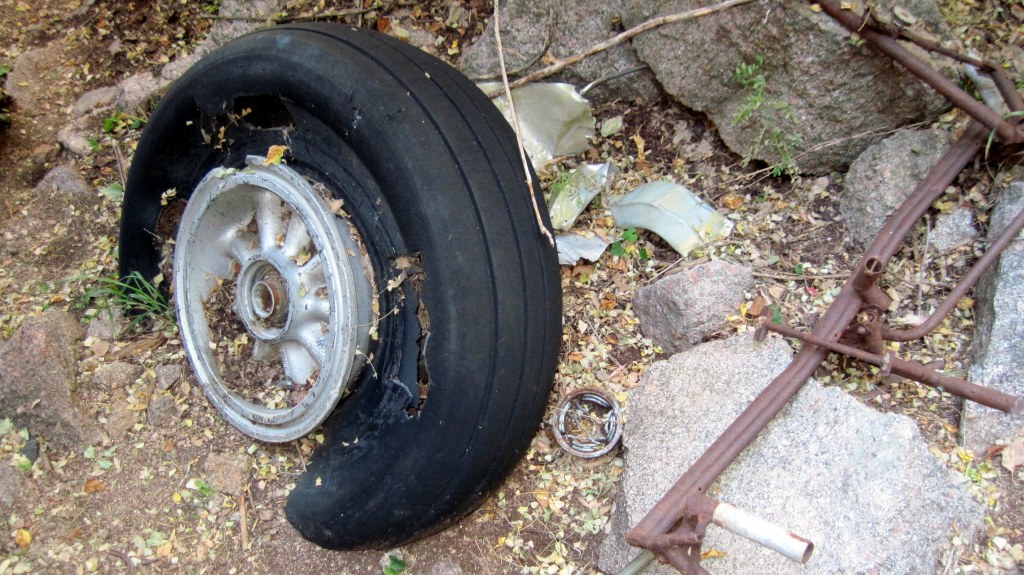







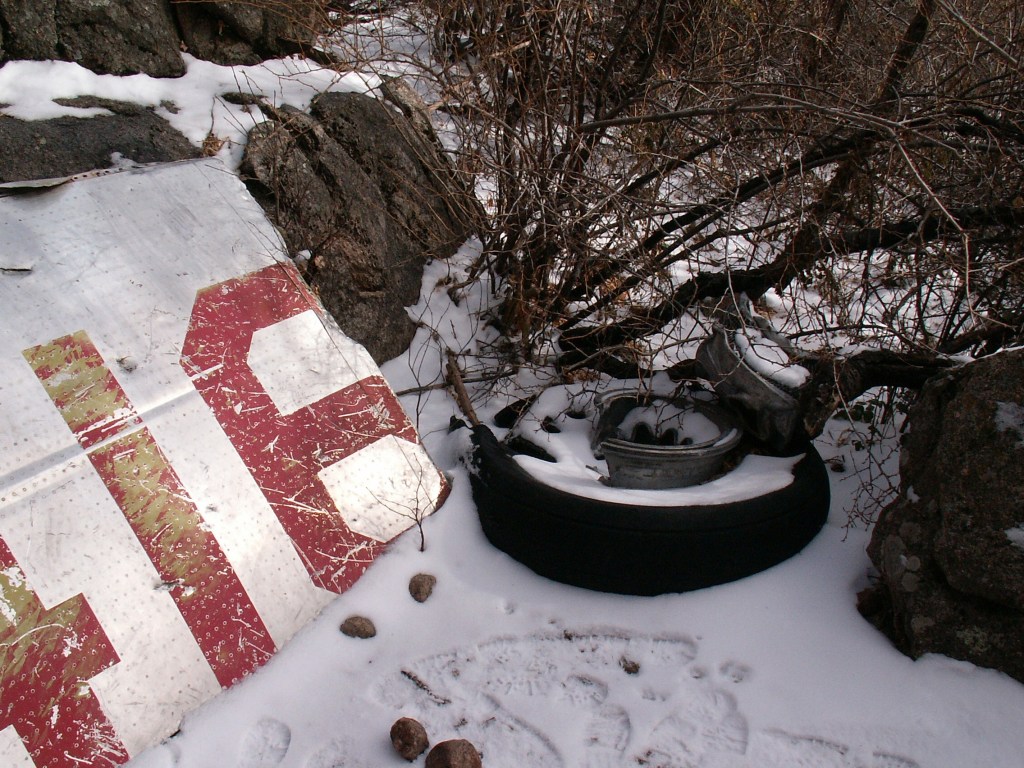

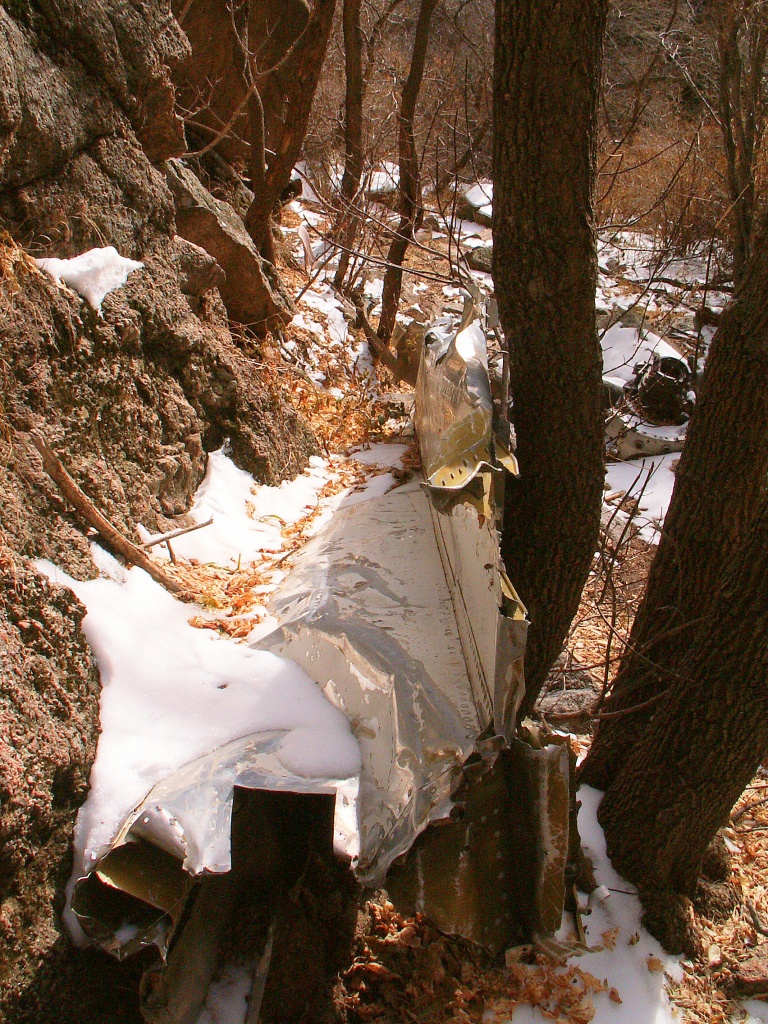



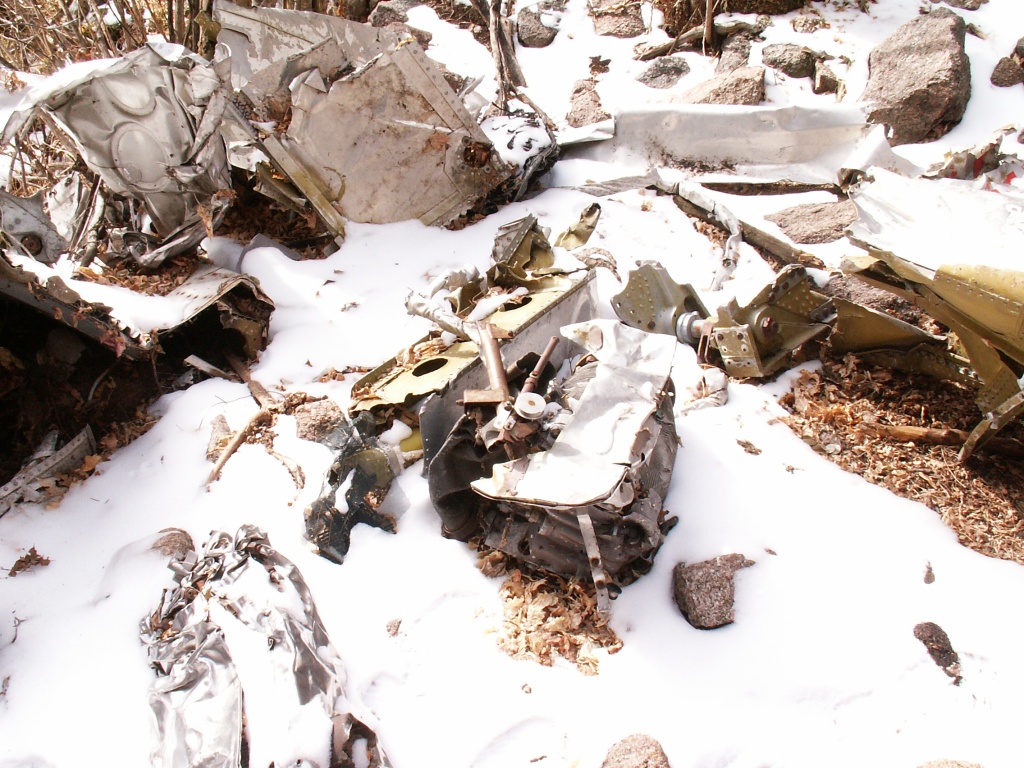

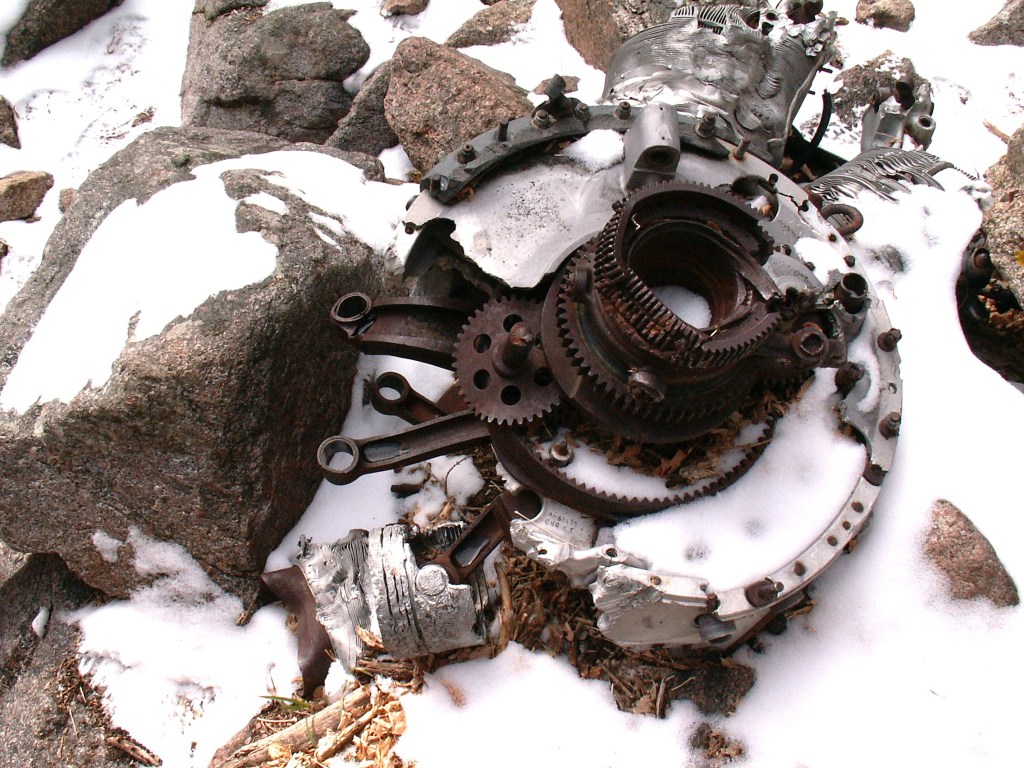
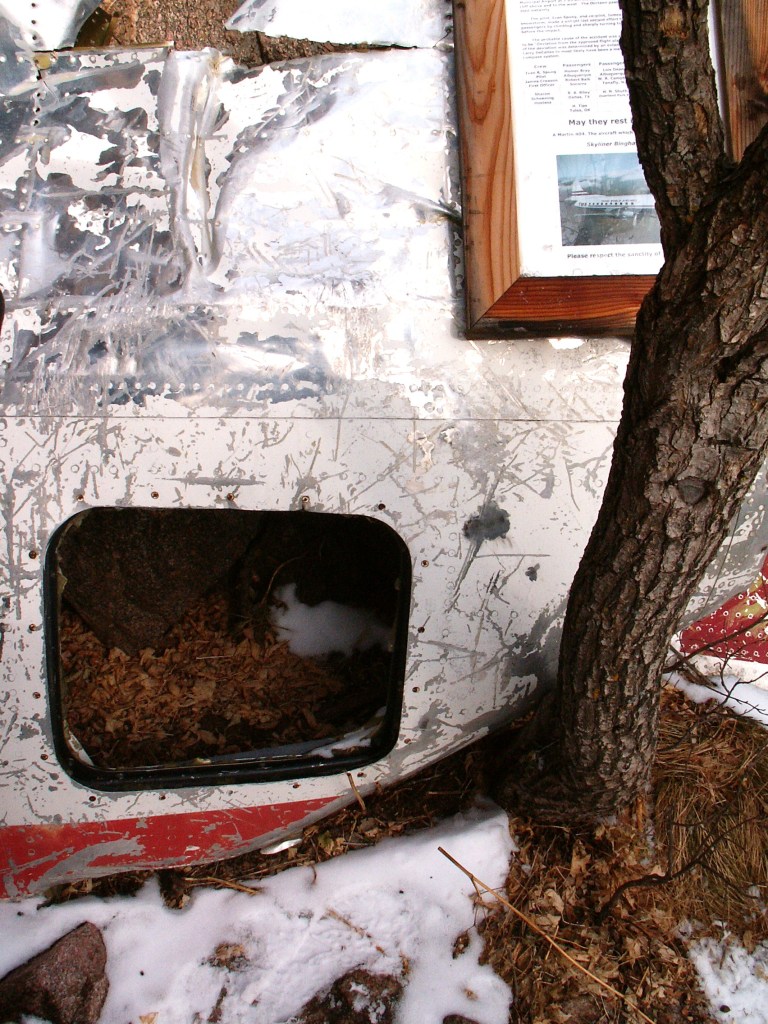
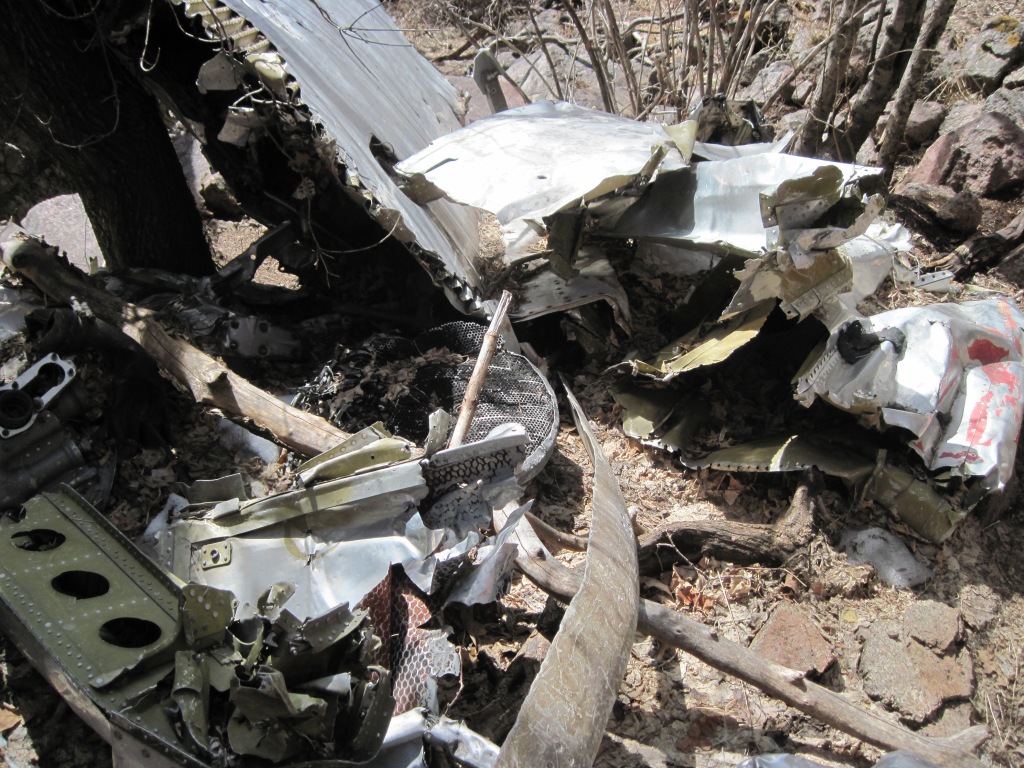
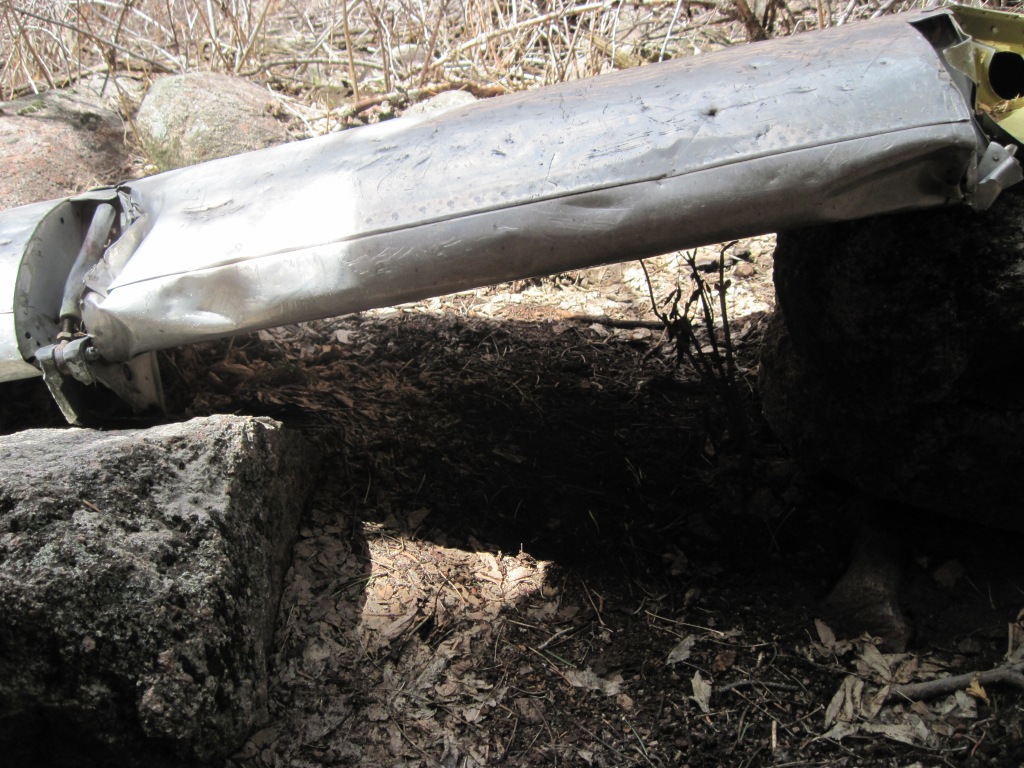










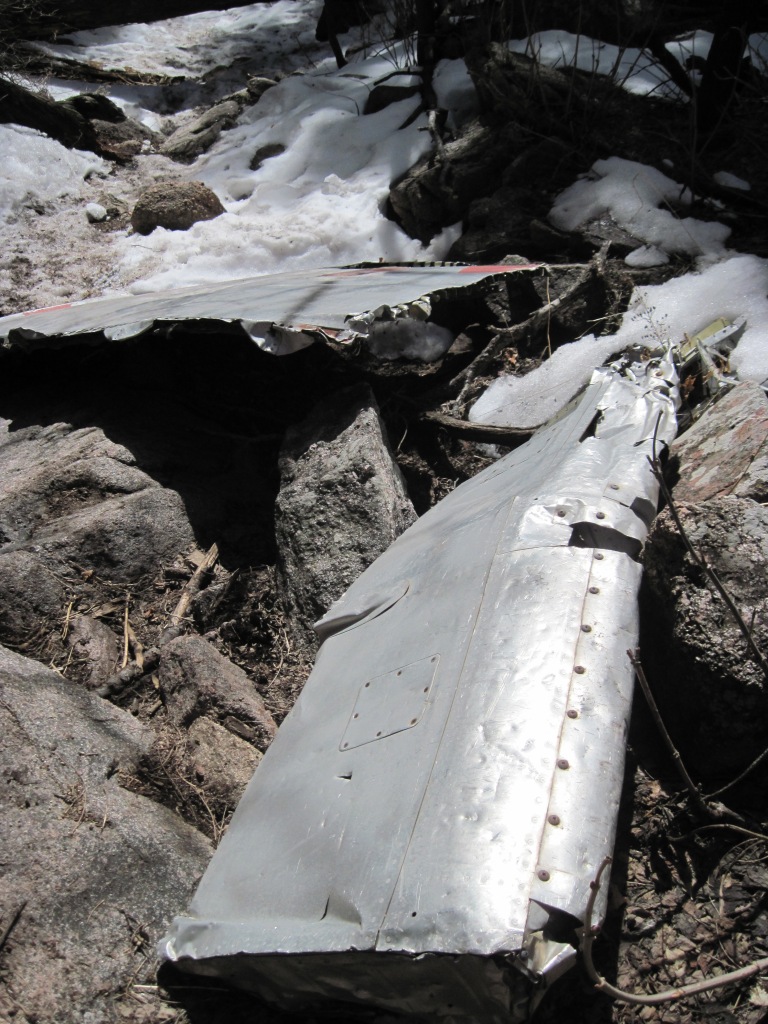














 She is an exciting poet to listen to. Her eclectic, opinionated style fascinates me. She is full of passion, and she resonates with the intensity of a zealot, and the joyful ecstasy of living. I love listening to her. I sat with her and her husband. Meeting him made me wonder what it’s like living with someone like her. Never boring, I’m sure, but I didn’t say that out loud.
She is an exciting poet to listen to. Her eclectic, opinionated style fascinates me. She is full of passion, and she resonates with the intensity of a zealot, and the joyful ecstasy of living. I love listening to her. I sat with her and her husband. Meeting him made me wonder what it’s like living with someone like her. Never boring, I’m sure, but I didn’t say that out loud. What Cage’s music is, I think, is more immediate, as in, you are here listening now, and your mind is not free to wander. I can, and do often find my mind roaming while I am listening to and enjoying music. With something by John Cage, I cannot. It’s interesting and creative, yes, but not something that inspires me, to either an emotional state, or dreams. In short, I hope I never sit through such a concert again. I love many different types of music:
What Cage’s music is, I think, is more immediate, as in, you are here listening now, and your mind is not free to wander. I can, and do often find my mind roaming while I am listening to and enjoying music. With something by John Cage, I cannot. It’s interesting and creative, yes, but not something that inspires me, to either an emotional state, or dreams. In short, I hope I never sit through such a concert again. I love many different types of music: 








You must be logged in to post a comment.